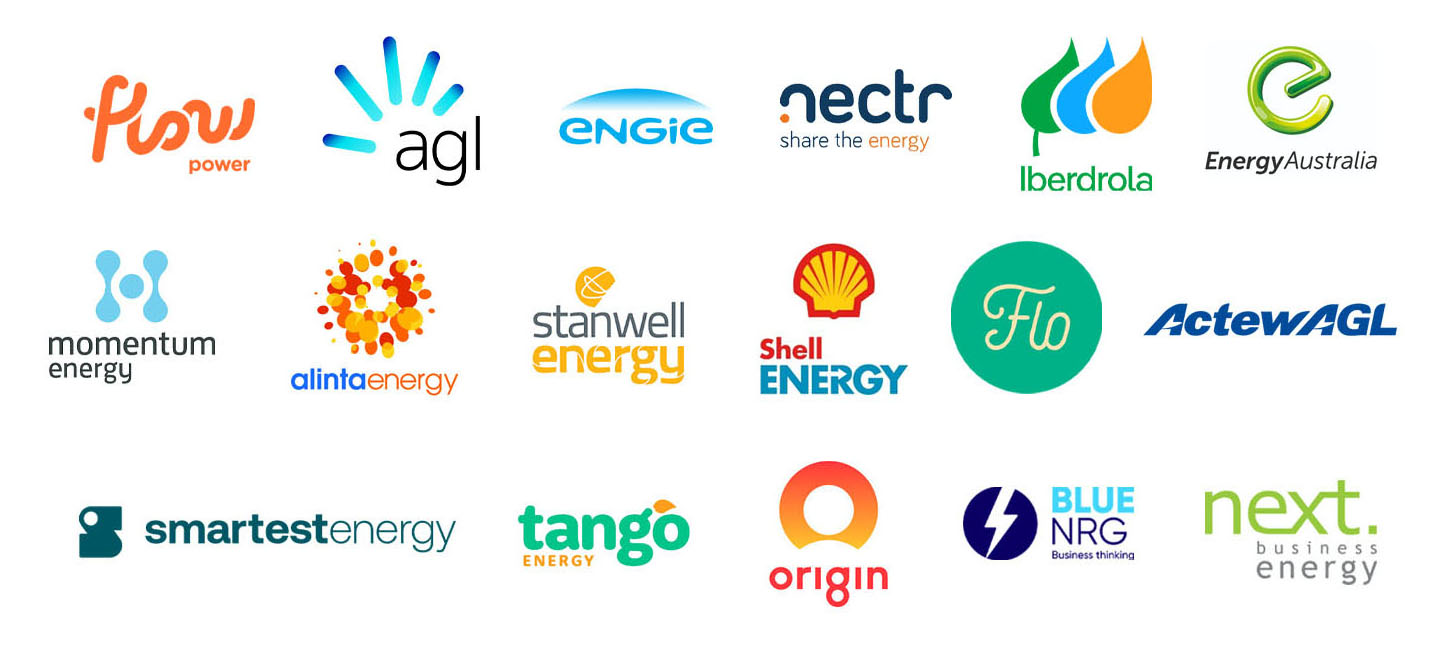The closure of AGL Energy’s Liddell coal generator has been plotted since 2015, with the last remaining units scheduled to finally be taken out of service this month. However, there was a shake-up in the scheduling last week – originally, the closures were set for April 19th, April 25th, and April 29th, 2023, for Liddell units 4, 2, and 1 respectively. A slight delay was reported for Liddell unit 4 moving it to April 24th and Liddell unit 2 will be closed on the 26th. Meanwhile, the last to be shut down, unit 1, was rescheduled for a day earlier on the 28th.
True to the changes, the No 4 unit was decommissioned early Monday morning and the last two will follow suit later this week. With the closure of these last operating units owned by AGL Energy, only 4 coal-fired generators will remain in service in NSW, namely at Eraring, Bayswater, Vales Point, and Mt Piper. But these too may be taken out of service within the next ten years.
What does Liddell’s closure mean for electricity supply?
AGL Energy mapped out Liddell’s closure in 2017, taking into consideration factors such as searching for alternative power sources, like a 250 MW battery and a potential LNG importation project, and laying out plans for the company’s workforce to give way to a smooth transition.
That said, according to an editorial from the AFR last week, plans to replace the capacity did not come to complete fruition, thereby raising questions as to whether the closure was rushed. While some of the plans were able to push through, there still seems to be uncertainty as to whether these would be enough if solar and wind energy droughts were to occur. Without Australia’s oldest coal plant, NSW may face challenges filling peak demand periods despite importing electricity from VIC and QLD.
But is NSW at risk of blackouts? According to energy economist Professor Bruce Mountain, not as long as there is generation capacity and no outages during the winter. The Australian Energy Market Operator (AEMO) is unperturbed largely because Liddell’s shuttering was planned early. “The notification of Liddell’s retirement has allowed the market to respond, with the NSW forecast to meet reliability measures until at least 2025,” AEMO’s Merryn York explains. Their focus, instead, is the Eraring Power Station’s decommissioning set for 2025 which may lead to some supply gaps.
Other closures are already expected in the coming years, including the Vales Point, Callide, and Yallourn power stations, making energy shortages imminent unless more generators come into play.
Will Liddell’s shutdown affect electricity prices?
According to Professor Mountain, power bills shouldn’t skyrocket with Liddell’s retirement, stating that Victoria’s Hazelwood power station made a more significant dent in generation following its decommissioning. On Liddell, he said, “I don’t think the closure of [Liddell] is significant enough to imagine it’s going to be a major price factor.”
Still, it seems like regulators will be watching the developments closely.
It should be noted that New South Wales and Queensland contract prices are forecasted to be higher than in South Australia and Victoria due mostly to the fact that these states may have been bracing for a market impact following the closure of Liddell’s last remaining units.
However, it’s more likely that external factors such as the weakening of global gas prices will have more of an impact on power bills than the shutdowns. Overall, it seems that the situation now has improved vastly compared to this same period last year.
Take advantage of lower contract prices
It’s tempting to imagine that the closure of Liddell’s last remaining units might lead to gaps in the energy supply. But the forecast seems to be generally positive in terms of energy prices, security, and even the environment – Stephanie Bashir founder of NEXA Advisory, which helps businesses through the transition to renewables, said that “The Liddell closure has been a major step and is a good thing, Liddell can be used as a model going forward.”
All of these mean that it may be the right time to consult about a new energy contract as prices start to improve compared to this time in 2022.
Not sure how an energy management consultant can guide you? Leading Edge Energy can help you just as we’ve done for a number of commercial and industrial clients across industries. Check out our Case Studies here or contact our Energy Management Consultants for advice on pinpointing opportunities for savings on your energy contracts.
But if you’re ready to get started, click the button below to receive a comparison of the best energy deals available for your business – don’t worry, it’s obligation-free.
We source, analyse, compare and rank commercial, industrial and multisite energy quotes. Obligation Free.
Chat with one of our experienced consultants today and get the insights your business needs to help manage the risks associated with volatile electricity and natural gas markets. Our energy procurement service is obligation-free and provides a time-saving way of securing lower energy rates from our panel of energy retailers.







